No products in the cart.
Home Improvement, Lawn and Gardening, Plants and Planters, Plants Saplings
Succulent Kalanchoe
NPR 500.00 NPR 600.00
Kalanchoe is a genus of succulent plants that belongs to the Crassulaceae family. This genus includes a wide variety of species and cultivars, and many of them are popular houseplants and garden ornamentals. Kalanchoes are known for their fleshy leaves, colorful flowers, and ease of care. They are native to various regions of Africa, Madagascar, and Southeast Asia. Kalanchoe plants are popular choices for succulent enthusiasts due to their vibrant appearance and ease of care. With the right conditions and care, they can thrive and provide lasting beauty to your indoor or outdoor garden.
Facts about Kalanchoe-
- Appearance: Kalanchoes come in various shapes and sizes, but they typically have thick, succulent leaves. The leaves can vary in color, shape, and texture depending on the species or cultivar. Some Kalanchoe species produce vibrant, star-shaped flowers in colors like red, orange, pink, and yellow.
- Varieties: There are numerous Kalanchoe species and cultivars, each with its own unique characteristics. Some popular varieties include Kalanchoe blossfeldiana (Flaming Katy), Kalanchoe tomentosa (Panda Plant), and Kalanchoe luciae (Flapjack Plant).
- Cultivation: Kalanchoes are well-suited for both indoor and outdoor cultivation, depending on the climate. They are often grown in pots or containers and are known for their resilience and adaptability.
- Propagation: Kalanchoes can be easily propagated from stem or leaf cuttings. Many species produce plantlets along the edges of their leaves, which can be detached and planted to grow new plants.
- Toxicity: Some Kalanchoe species contain toxic compounds, so it’s important to keep them out of reach of pets and children. Ingesting parts of the plant can cause gastrointestinal discomfort.
Care tips-
- Light: Provide bright, indirect sunlight for most Kalanchoe species. They thrive in well-lit conditions but should be protected from intense, direct sunlight, which can scorch the leaves.
- Temperature: Maintain temperatures between 60°F to 75°F (15°C to 24°C). Kalanchoes are sensitive to cold temperatures and should be protected from frost.
- Watering: Allow the top inch (2.5 cm) of the soil to dry out between waterings. Water thoroughly when needed, but avoid overwatering, as succulents are prone to root rot in soggy soil.
- Soil: Plant Kalanchoes in a well-draining succulent or cactus potting mix. Good drainage is essential for their health.
- Container: Choose pots with drainage holes to prevent waterlogging.
- Fertilization: Feed your Kalanchoe sparingly with a balanced, water-soluble succulent fertilizer during the growing season (spring and summer). Reduce or eliminate fertilization during the dormant period in fall and winter.
- Pruning: Prune to maintain the plant’s shape and remove dead or leggy growth.
- Propagation: Propagate Kalanchoe from stem or leaf cuttings. Allow cuttings to callus for a day or two before planting them in well-draining soil.
- Pests and Diseases: While they are relatively pest-resistant, check for common succulent pests like mealybugs and aphids. Remove pests manually or treat with a suitable insecticide.
- Flowering: Some Kalanchoe species produce colorful, long-lasting flowers. Encourage blooming by providing the plant with bright light and cooler nighttime temperatures.
Based on 0 reviews
Only logged in customers who have purchased this product may leave a review.
Vendor Information
- Store Name: Ajambari
- Vendor: Ajambari
- No ratings found yet!



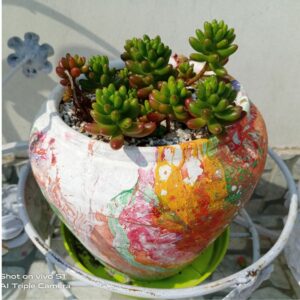
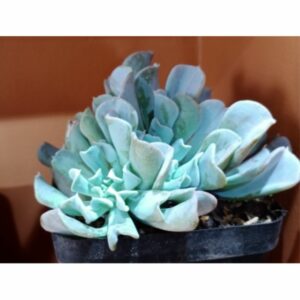
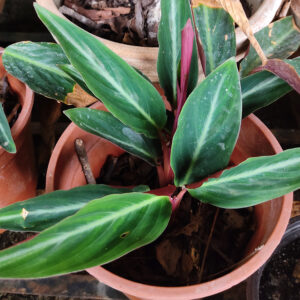
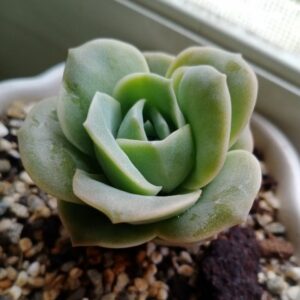
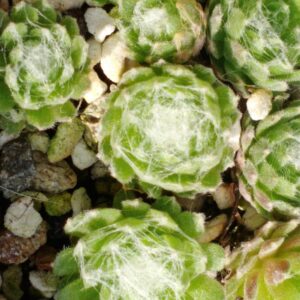

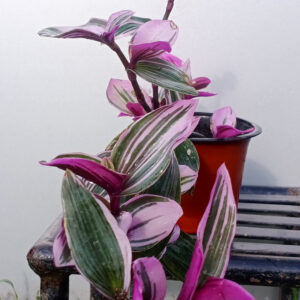


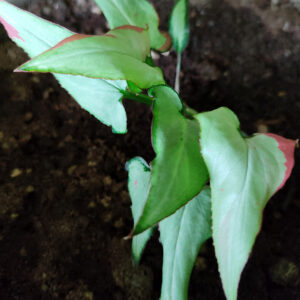
There are no reviews yet.